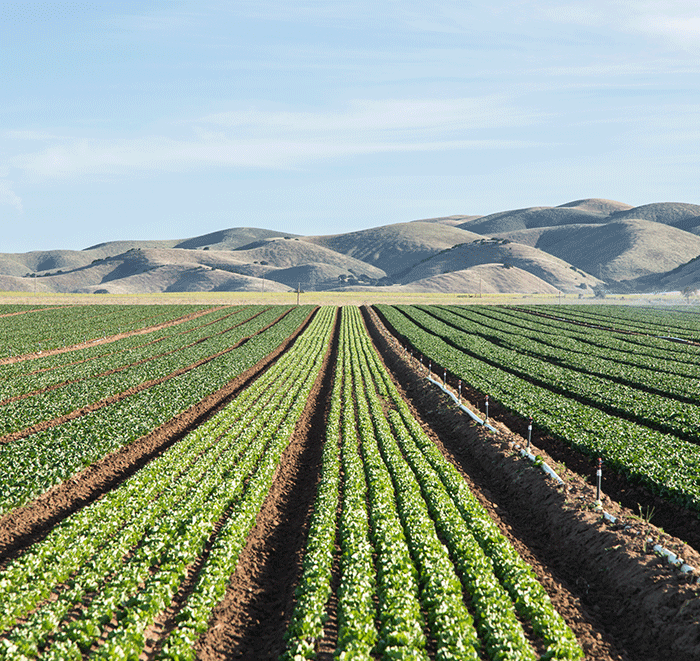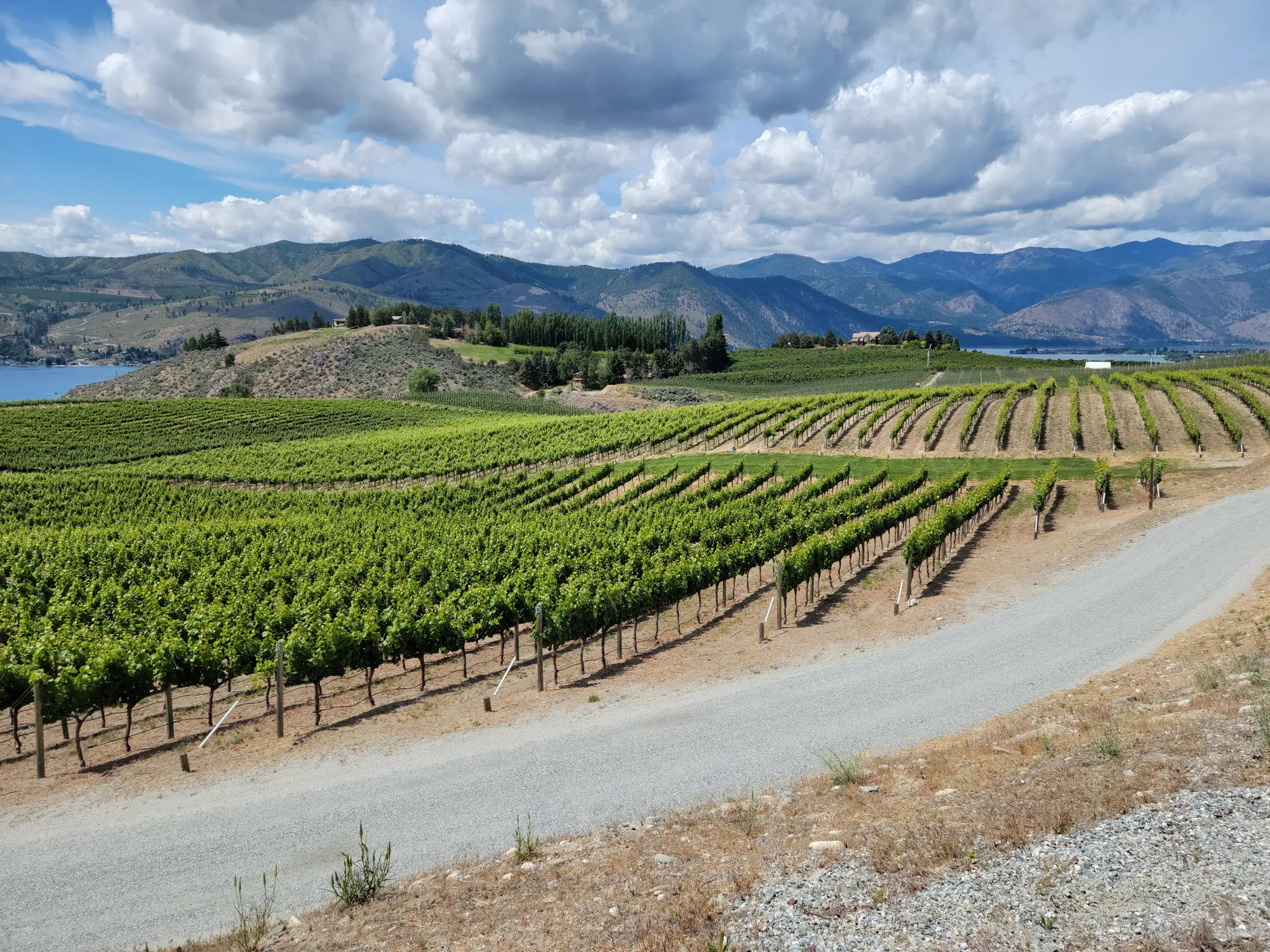It’s no surprise here in Eastern Washington that sunburn protection is crucial for getting apples in the bin. With temperatures guaranteed to reach the high nineties, utilizing a variety of cooling methods can play a major role in preventing sunburn. The cooling methods found here in the PNW consist of:
- Convective cooling – when the water evaporates before it reaches the leaves and fruit, this is typically done with overhead foggers.
- Hydro cooling – when your applying water to the leaves and fruit to carry the heat away through liquid runoff. Typically done with larger sprinklers like rainbirds or R2000’s.
- Evaporative cooling – when you apply water to the leaves and fruit to extract heat through a latent heat transfer. Typically done with lower output nozzles like certain R10’s, or S7’s.
Although these practices seem straight forward each comes with its own set of pros and cons. While fogging systems are efficient and effective for convective cooling, they do come at a price with startup costs being quite expensive. They also run into issues if you don’t have a top-of-the-line filter in place, for they easily clog if there is any sediment in the water. Rainbirds and R2000’s are great for hydro cooling as well as low maintenance. Unfortunately, they put down way to many gallons per minute(gpm) to be ideal on water-sensitive varieties like Honeycrisp. R10’s seem to be the standard for evaporative cooling here in the PNW. They are affordable, have manageable gpm’s (depending on nozzle color), and don’t clog as easily.
For several growers in Eastern Washington older irrigation systems have been modified to operate these cooling setups. Because these older systems were not made to handle cooling, certain structural issues can hinder the performance of a system. This is where growers can start to run into problems. For instance, someone utilizing existing rainbird impacts or even R2000 as overheads can successfully cool the orchard, but at the cost of laying down significant water. While having one system to irrigate and cool might seem great it can quickly become problematic. As cooling starts for the season it can run anywhere from 35-75 consecutive days depending on the summer. Because of this, having a system that’s pushing water into the soil as you’re cooling can cause fruit sizing issues, bitter pit, or in more extreme cases root diseases such as phytophthora. You can see in Figure 1, while the irrigation events stopped towards the end of June the soil moisture continued to rise from the daily cooling. In scenarios such as this, working around the system you have is important. This can mean replacing cooling days with sun protectants.

Figure 1
Another practice that I see through Eastern Washington is the act of moving R10’s from under the tree for irrigation to overhead for cooling. When it comes to this method there is simply too much variability and cost associated with it to be sustainable. With labor being the biggest cost of any orchard, paying someone to move these as frequently as you would need can start to add up. Labor cost aside having someone repositioning a sprinkler head from under the tree to overhead creates pockets of over/under irrigation as well as increased areas of sunburn since they aren’t evenly spaced with each watering event. To give an idea of what this looks like we had 2 probes installed in a orchard in Royal City, one probe right across from the other in 2 separate rows. In Figure 2, you can see a great depiction of the irrigation events while in Figure 3 you see the same irrigation events but not as much penetration into the soil as Figure 2.

Figure 2

Figure 3
When it comes to having an efficient/effective cooling system in place it’s no small endeavor, but it can potentially help growers save tens of thousands of dollars annually in labor alone. Taking the time to upgrade your system can be spendy in the short term, but the benefits outweigh that for the long-term life of an orchard. It’s also important to mention that there are organizations that help facilitate irrigation upgrade costs such as water conservation groups like National Resource Conservation Service (NRCS), and Hood River Soil and Conservation.
Christian Medeiros // Irrigation Water Management Specialist

